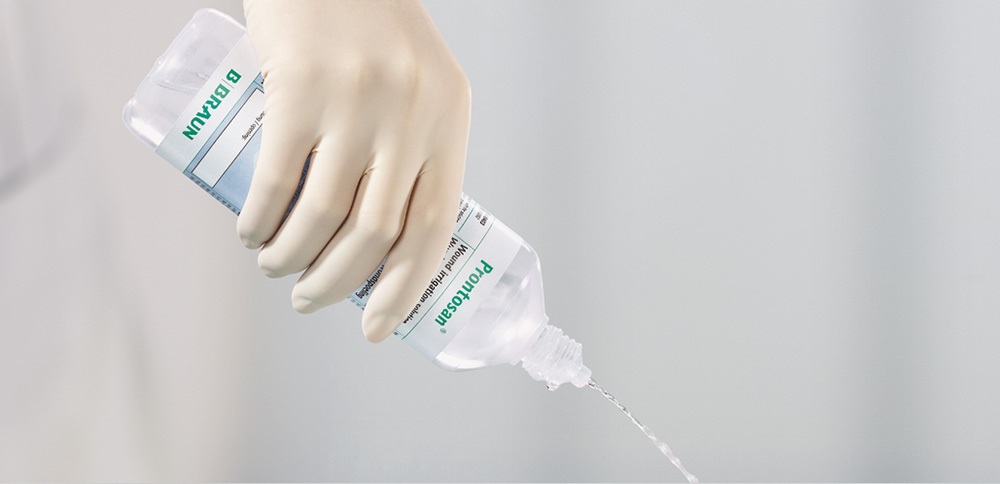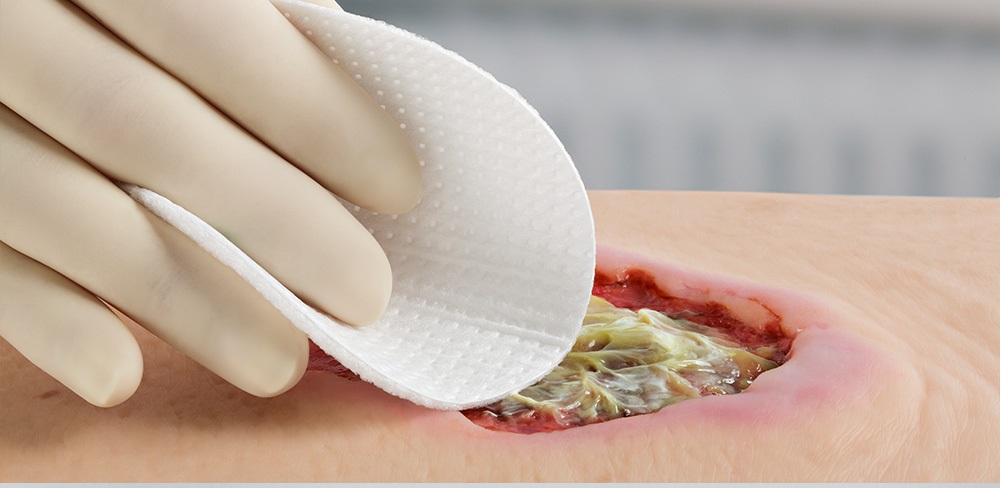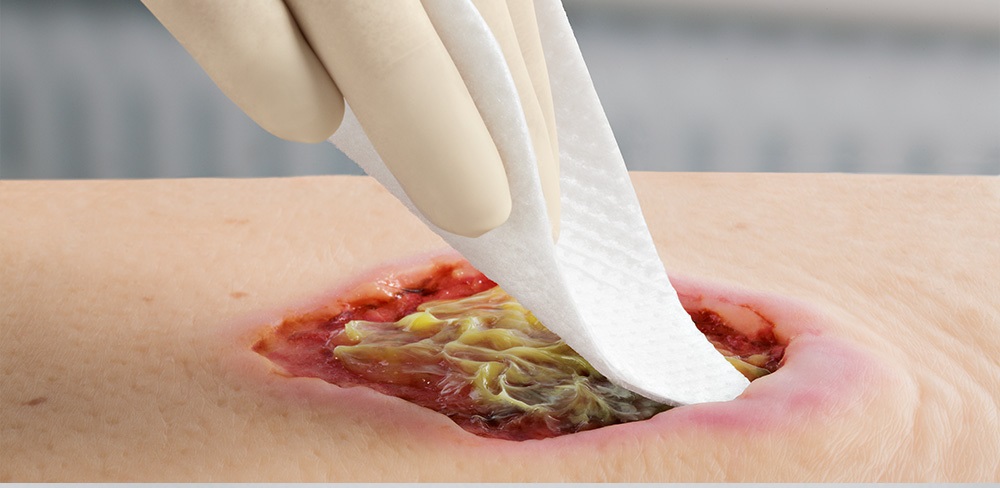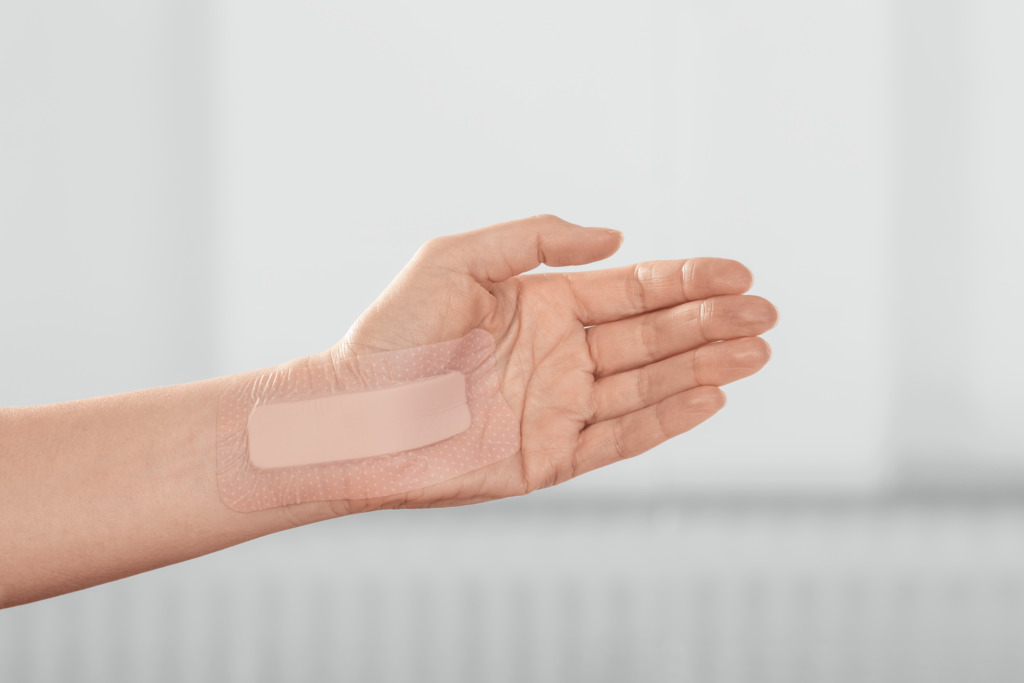You have successfully logged out.
Not registered yet?
Addressing the tenacious biofilm
The JWC International Consensus Document: Defying hard-to-heal wounds with an early antibiofilm strategy: wound hygiene
Despite advances in dressing technology and best practice, wound care is in crisis: the number of hard-to-heal wounds is increasing and the implications for the healthcare system, including greater antibiotic usage, are challenging (Figure 1).1-13 To improve the management of hard-to-heal wounds, it is necessary to address the tenacious biofilm that is present in most of them.14
Biofilm management involves regular debridement followed by antibiofilm re-formation strategies, including the use of topical antimicrobial dressings.14 The JWC International Consensus Document: Defying hard-to-heal wounds with an early antibiofilm strategy: wound hygiene suggests there is a need to go further by implementing a new strategy, called wound hygiene, which involves two additional stages: cleansing the wound and periwound skin, and refashioning the wound edge. Wound hygiene is a structured method for overcoming the barriers to healing associated with biofilm.
Medical Professional
This information is meant for medical professionals only. Please confirm that you are a medical professional before accessing the information.
Confirm Yes, I am a health care professional. Cancel No, I am not a health care professional.Wound Hygiene Pathway: Steps in the Strategy
Hygiene is, of course, a fundamental and long-accepted concept, implementation of hygiene strategies, such as hand hygiene and surgical asepsis, have radically improved population health.
Wound hygiene is a powerful toolkit, its use in combination with the TIMERS (tissue, inflammation, moisture, edge, regeneration/repair, social factors) framework will help establish biofilm management as the optimal wound-care strategy. It can be used on all wounds, including acute and postoperative.
The core principle of wound hygiene is to remove or minimise all unwanted materials, including biofilm, devitalised tissue and foreign debris, from the wound, address any residual biofilm, and prevent its re-formation. This will kickstart healing.
Like all forms of hygiene, the hallmark of wound hygiene is repetition: the wound must be cleansed, debrided and its edges refashioned at every assessment and dressing change. Like hygiene in general, it is not an optional activity.
- Dr Rosana Pacella , Issue Paper: “Chronic Wounds in Australia, July’ (2017), Australian Centre for Health Services Innovation (AusHSI), Institute of Health and Biomedical Innovation, School of Public Health & Social Work, Queensland University of Technology
- Attinger, Christopher and Randy Wolcott. “Clinically Addressing Biofilm In Chronic Wounds”. Advances in Wound Care 1.3 (2012): 127-132. Web.
- C Dowsett: Adopting the two-week challenge in practice: making the case for silver dressings, Wounds UK, Vol. 10, N°2, 2014
- Cutting K, (2010), Addressing the challenge of wound cleansing in the modern era, British Journal of Nursing, 2010 (Tissue Viability Supplement), Vol 19, No 11.
- Davis SC, Harding A, Gil J, Parajon F, Valdes J, Solis M & Higa A “Effectiveness of a polyhexanide irrigation solution on MRSA biofilms in a porcine wound
- model” IWJ 1742-4801, 2017, 1-8.
- Bjarnsholt, T et al. “Bio_lm Management”. 2016. Lecture
- Kaehn, K Polihexanide: A Safe and Highly Effective Biocide, Skin Pharmacol Physiol 2010;23(suppl1);7-16
- Fabry, W. & Kock, In-vitro activity of polyhexanide alone and in combination with antibiotics against Staphylococcus aureus. H.-J. Journal of Hospital
- Infection. 2014
- Hirsch et al., Evaluation of Toxic Side Effects of Clinically Used Skin Antiseptics In Vitro, Journal of Surgical Research 2010 202010 Volume 164, Issue 2
- Bradbury S, Fletcher J. Prontosan® made easy. www.woundsinternational.com 2011;
- Bellingeri, A. et al.”Effect Of A Wound Cleansing Solution On Wound Bed Preparation And Inflammation In Chronic Wounds: A Single-Blind RTC”. Journal of Wound Care 25.3 (2016): 160-168. Web.
- Moore, M 0.1% Polyhexanide-Betaine Solution as an Adjuvant in a Case-Series of Chronic Wounds, Surg Technology International, 2016
- Andriessen, AE and T Eberlein.”Assessment of A Wound Cleansing Solution in the Treatment of Problem Wounds”. Wounds 20.6 (2008): 171-175. Wed 23 Sept 2016.
- Moller A, Kaehn K, Nolte A. Experiences with the use of polyhexanide-containing wound products in the management of chronic wounds — results of a methodical and retrospective analysis of 953 patients. Wund Management, 2008; 3: 112-117



